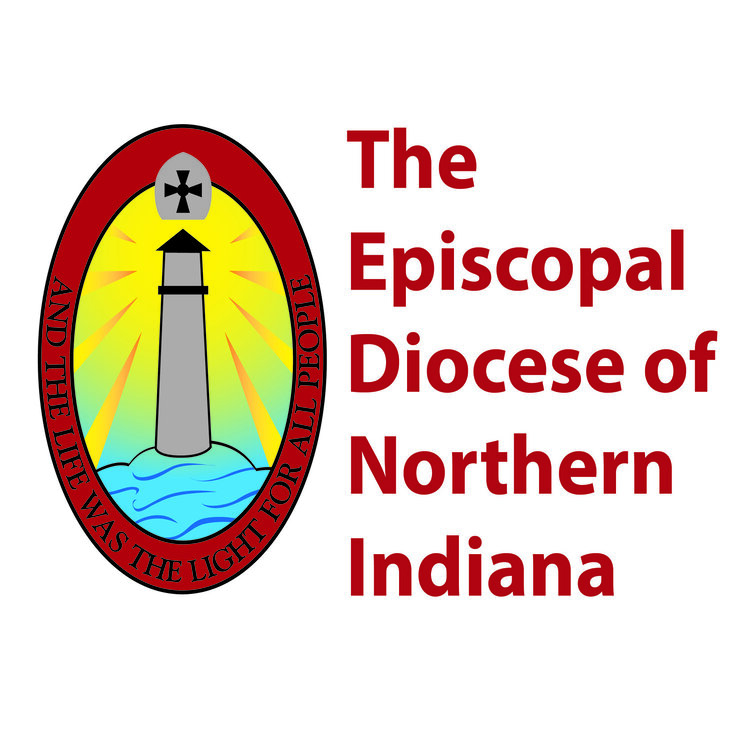By Marie Gambetta
Interview with Jan Merkt, Senior Trainer
Jan Merkt, a senior dCDI trainer and a member of St. Matthews, Kenosha in the Diocese of Milwaukee came on board 5 years ago to help launch Northern Indiana’s CDI program. Now that the program is considered “launched,” Jan will no longer be training with Northern Indiana and will focus primarily on dCDI in her own diocese. As a bittersweet “exit interview” I had the privilege of talking with Jan to find out how she perceives EDNIN has changed over the past five years.
Much has changed in the Episcopal Diocese of Northern Indiana since the beginning of her tenure here, Jan contends. In the beginning we were a group of people coming together to begin a new program (CDI) to build healthy congregations that Bishop Little and Canon Silla were excited about. As each cadre of participants made its way through the program, it became so much more than that. It became a conversion of life of individuals and parishes. As groups took ownership of the program and their part in it, they transformed the program and, with the help of the Holy Spirit, it transformed them and their congregations.
Jan commented that she was thrilled by the changes that were taking hold in congregations in our diocese. As each cadre went through the program, she began to witness a common culture that was emerging in parishes and, collectively, as a diocese. She heard examples of CDI tools and techniques being used by vestries, in stewardship campaigns, by newcomers and old timers alike who were embracing the culture and communicating in a common language. Something very fundamental was shifting in the diocese.
This was confirmed by the number of CDI graduates who returned to go through the program again, this time joined by more colleagues from their parish. She has seen CDI attendance grow to its current all-time high census. In fact, she reminded me, this year’s group has participants who belong to neighboring dioceses. Something is happening here, she insists.
One of the biggest conversions of life Jan has witnessed within Northern Indiana is a result of the Faith Sharing element of dCDI weekends. This is the brainchild of Bishop Little who believes that we as Christians should be ready, willing, and able to share with anyone who asks why we believe that Jesus is Lord. This began two years ago at a dCDI weekend when two participants were asked to share their faith story with one another while the rest of the group “eavesdropped.” After sharing their stories, which were deeply moving, participants paired with one another and shared their own faith stories.
Jan is adamant that the power of Faith Sharing is at the heart of the conversion of life that she has witnessed in Northern Indiana and that she has experienced in her own life. As a cradle Episcopalian, Jan is well aware that talking about our faith doesn’t necessarily come easily at first. It can take us out of our comfort zone. Seeing people take that risk demonstrates the love and trust that they have for one another. In fact, by sharing their faith with one another, it increases that love and trust. She testifies that it is not only powerful to hear, but powerful to participate in. In fact, she mentioned to me that Faith Sharing is something that is now being incorporated into the dCDI weekends in the Diocese of Milwaukee.
Jan pointed out that another area in which she has observed conversion of life in the Diocese of Northern Indiana is the number of participants who have begun the discernment process to be raised up into ministry. She said that in her experience, the number of people entering discernment after participating in CDI is extraordinarily high.
Although so many transformations have occurred during her tenure at EDNIN, the one thing that has not changed is the commitment to the program by Bishop Little and Canon Silla. She said that in creating change and in changing culture, leaders are the primary shapers of that change. She credits Bishop Little and Canon Silla for never deviating from their message. They never waivered, she maintains, from the Core Values and the Acts for Congregational Transformation which are at the heart of dCDI. She said that this was evident in the congregations who came through the program.
Jan insists that the Episcopal Diocese of Northern Indiana is special. Its culture is unique and the Holy Spirit is definitely alive and working here through dCDI. She claims she came here to teach and she left with quite an education.
